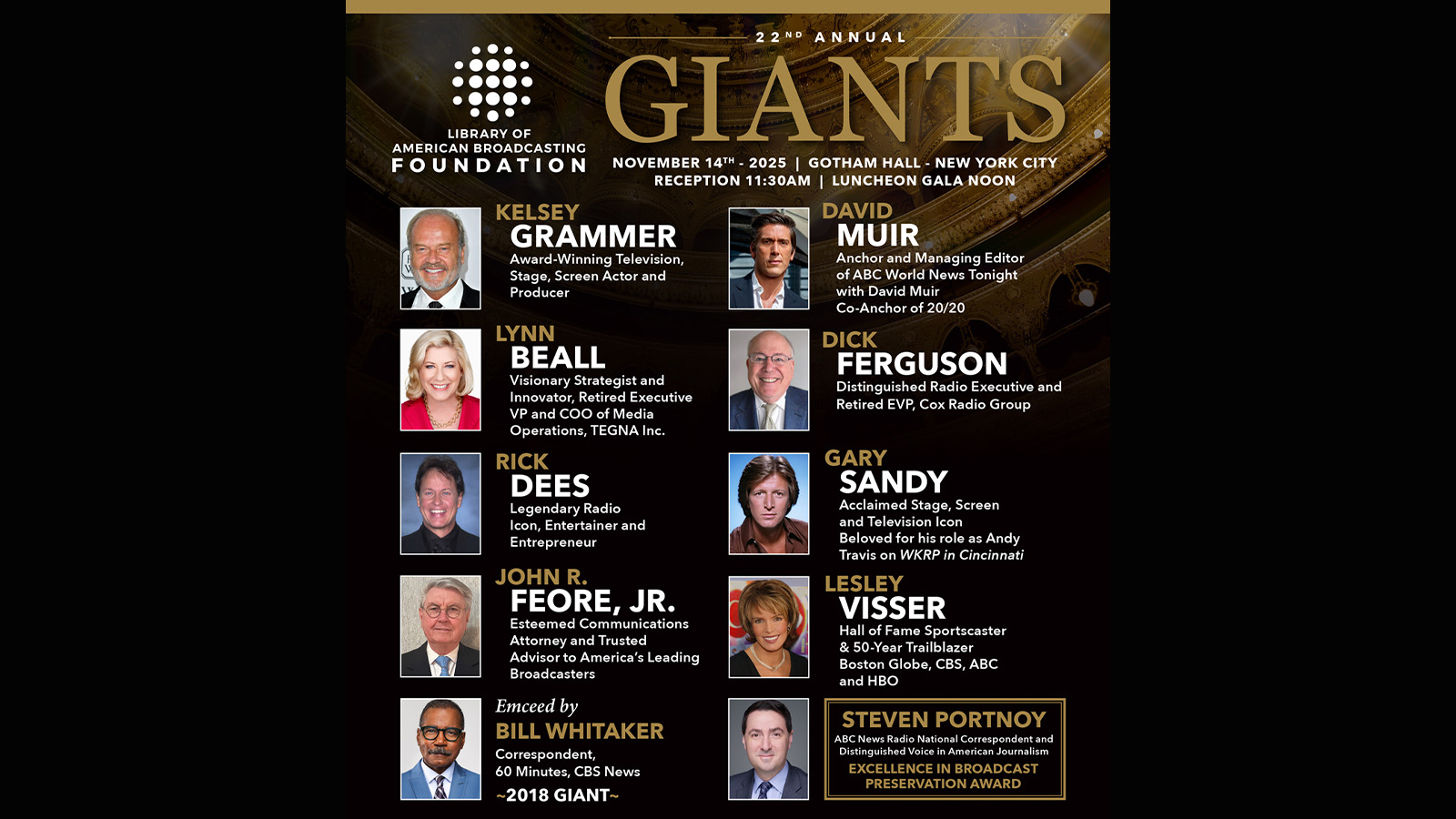Warriors, Samsung Go Biggest at Chase Center
SAN FRANCISCO—Bay Area basketball fans waited for decades to move up from the only-so-friendly confines of Oakland's 53-year-old Oracle Arena for the luxuries of a lavish new venue across the San Francisco Bay. So when Chase Center, the home of the National Baksetball Association's (NBA) Golden State Warriors, recently opened for the 2019-2020 season, no expense was spared, particularly in the video department.

This season's opening tip-off also mean the unveiling of the center's new 83x53-foot Samsung videoboard, and that's just the center cluster. With its additional screens, the entire concept includes 15 displays, including eight baseline boards underneath the cluster. All told, it encompasses 24.95 million pixels and 74.8 million LEDs.
The Warriors are billing the board as “the largest in the NBA, by LED space,” said Shawn Bennett, the Warrior's executive producer, event presentation, who feels like the board's immense size (which almost spans from one baseline to the other) brings the fan experience to a new level. Literally.
“It brings the fans, especially those seated in the upper bowl, closer to the action. They're never hurting for an angle,” Bennett said. “The new board offers the best video content in sports, because we have more room for regular statistics, as well as advanced stats or analytics,” including effective field percentage, turnover percentage, offensive rebounding and free throws.
Considering the team is based near Silicon Valley, it felt even more critical for the Warriors to make a statement with the install. “All of these new options,” he said, “help us tell the fans the story of the game.”
TOTAL INSTALL
The components of the technical setup at 18,000-seat Chase Center are “the best available in the industry,“ said Scott Heitman, the team's director, scoreboard operations. The camera setup includes six manned Sony HDC-4300s, two with Wave Central RF capabilities, “which are handy for the giant LED screen outside the arena,” known as “Thrive City;” as well as nine Panasonic AW-HE130 PTZ robocams.
Get the TV Tech Newsletter
The professional video industry's #1 source for news, trends and product and tech information. Sign up below.
How elaborate is the presentation? It also includes pyrotechnics behind the stanchions on the backboards, as well as from the bottom of the main board, which can be lowered almost to the floor for maintenance, and also go back into the ceiling in 16 minutes; two giant gantries enclose the ensemble, which makes rigging space more accessible.
Back at the control room, the Warriors partnered with Ross for the Acuity switcher and Xpressions for graphics. All of the technology that drives the LED displays is from Ross, including Carbonite Mosaic video scalers, Xpression Tessera servers and DashBoard control; the Warriors also partnered with Ross' graphics division, Rocket Surgery, to build the in-game graphics and develop a workflow, display the stats, parse incoming data, etc. In addition, Evertz DreamCatchers are used for replays.
The control room employs an SMPTE 2110 IP-based (as opposed to baseband) routing system that runs as a data network, “which allows flexibility to route signals to different sources,” said Heitman. “Routing is faster, as it has a High Dynamic Range backbone and we may adapt out main board to the system soon. That would make our board the first to employ HDR that I know of,” adding that it hasn't happened yet because the video department is tweaking the new system.
The control room was designed and installed by Wrightson Johnson Haddon Williams, of Dallas; and system integrator Diversified. Mike Meglathery, program manager for Diversified, said the Chase Center setup is as technically advanced as anything in the world in the sports market.
“The Warriors a-lá-carted the best equipment for each type of technology to build the state-of-the-art system,” Meglathery said, explaining that the SMPTE 2110 facility runs through commercial off-the-shelf Arista switches. “We can send individual audio and video streams this way. It's more of an open architecture system, which is the new industry standard.”
Although the NBA's Milwaukee Bucks (Fiserv Forum) and the NFL's Atlanta Falcons (Mercedes-Benz Stadium), were the first to foray into IP for their video boards, those were proprietary or hybrid systems, according to Meglathery.
“The Warriors have fully embraced the SMPTE 2110 interoperability standard,” he said. “The system is capable of simultaneously operating 15 individual displays in the seating bowl, with the streams of individual player stats, and that is beyond compare in the league.”
“The system at Chase Center is the best-in-class for everything. Absolutely,” Meglathery said. The team and the center went all in to create the best fan experience possible.”
CRUNCHING THE NUMBERS
Given the integration of analytics in all sports, many of the fans want that access to the numbers not only at home, but at the arena. “We want them to be able to go as deep as they want to into that part of the game,” said Bennett.
That means having to program the various streams of data into the presentation, and the Warriors use 4DReplay (for 360-degree video) as well as Second Spectrum, a Los Angeles-based third party, for augmented reality stats and alternate video, such as various sightlines. “We’re an early adopter,” said Bennett, adding that the Warriors process the feed from the NBA “and basically show, via graphics, what a coach is doing on a board or tablet so the fans can see it on the big board.”
There are also videoboards for players where they can tell what the player’s shooting percentage is from various spots on the court, for instance, that also indicates stats and movement; and another for the fans.
THE SHOW
Chase Center is the home to more than 64 digital displays, (including the aforementioned Thrive City). A 68x38-foot board faces 3rd Street, broadcasting the action during Warriors home and road games, the result of a deal with regional sports network NBC Sports Bay Area. It’s the centerpiece of the outdoor experience at Chase Center where the locals can enjoy the restaurants and goings-on outside the arena; during the day, the screen features educational content.
“We knew the arena would have to be high tech, so we’re blending in with the neighborhood here in Mission Bay,” Heitman said, while marveling at the demands and successes of today’s market.
“It used to be that the TV production was a step ahead of what was broadcast in-house,” he said, “but what we have at Chase Centre is what you would find emanating from the TV production trucks.”
Mark R. Smith has covered the media industry for a variety of industry publications, with his articles for TV Technology often focusing on sports. He’s written numerous stories about all of the major U.S. sports leagues.
Based in the Baltimore-Washington area, the byline of Smith, who has also served as the long-time editor-in-chief for The Business Monthly, Columbia, Md., initially appeared in TV Technology and in another Futurenet publication, Mix, in the late ’90s. His work has also appeared in numerous other publications.

